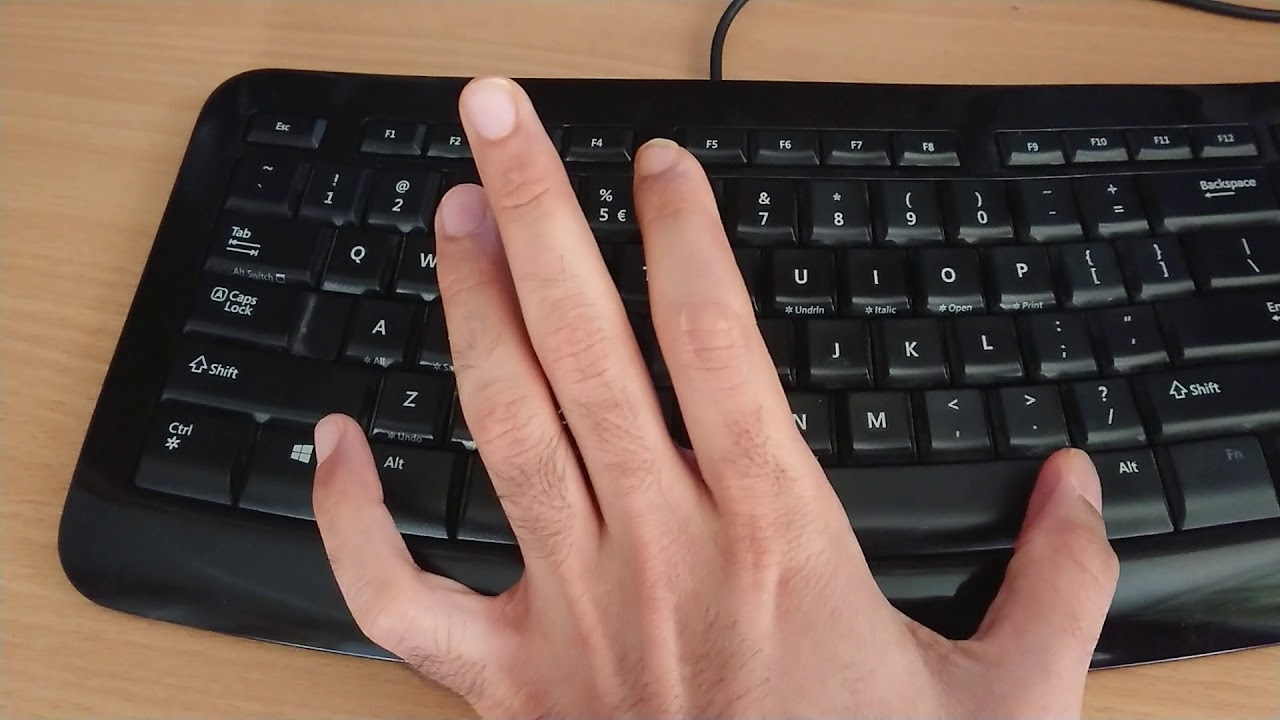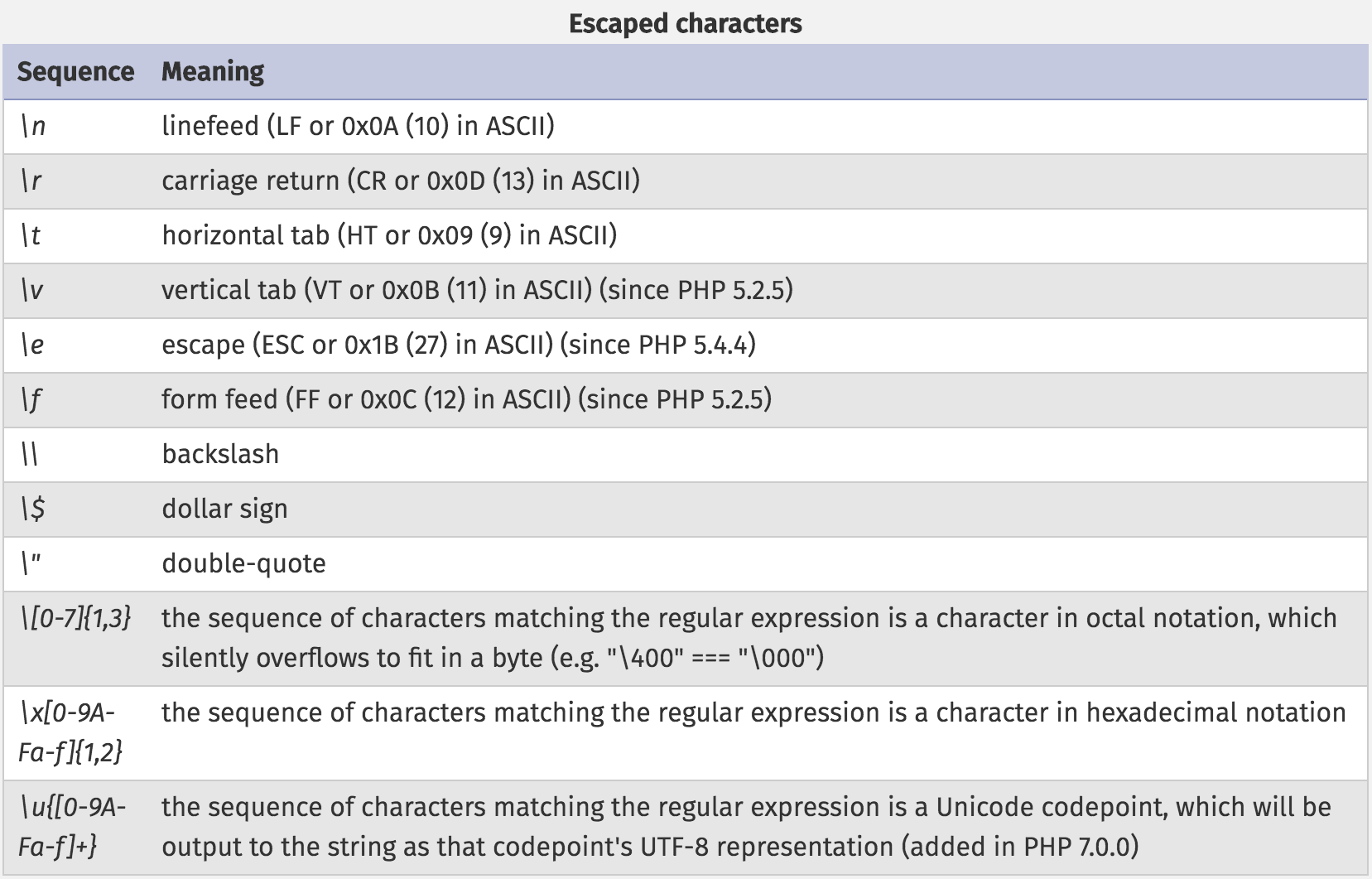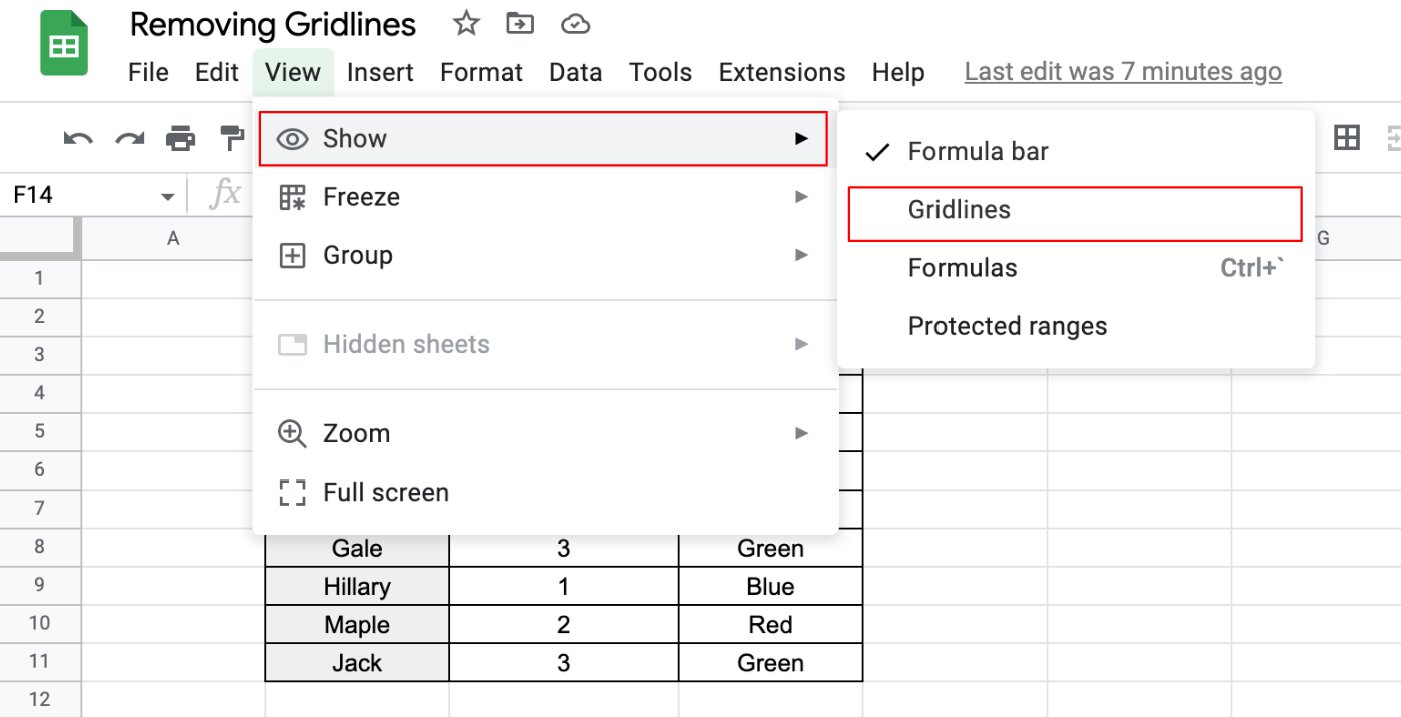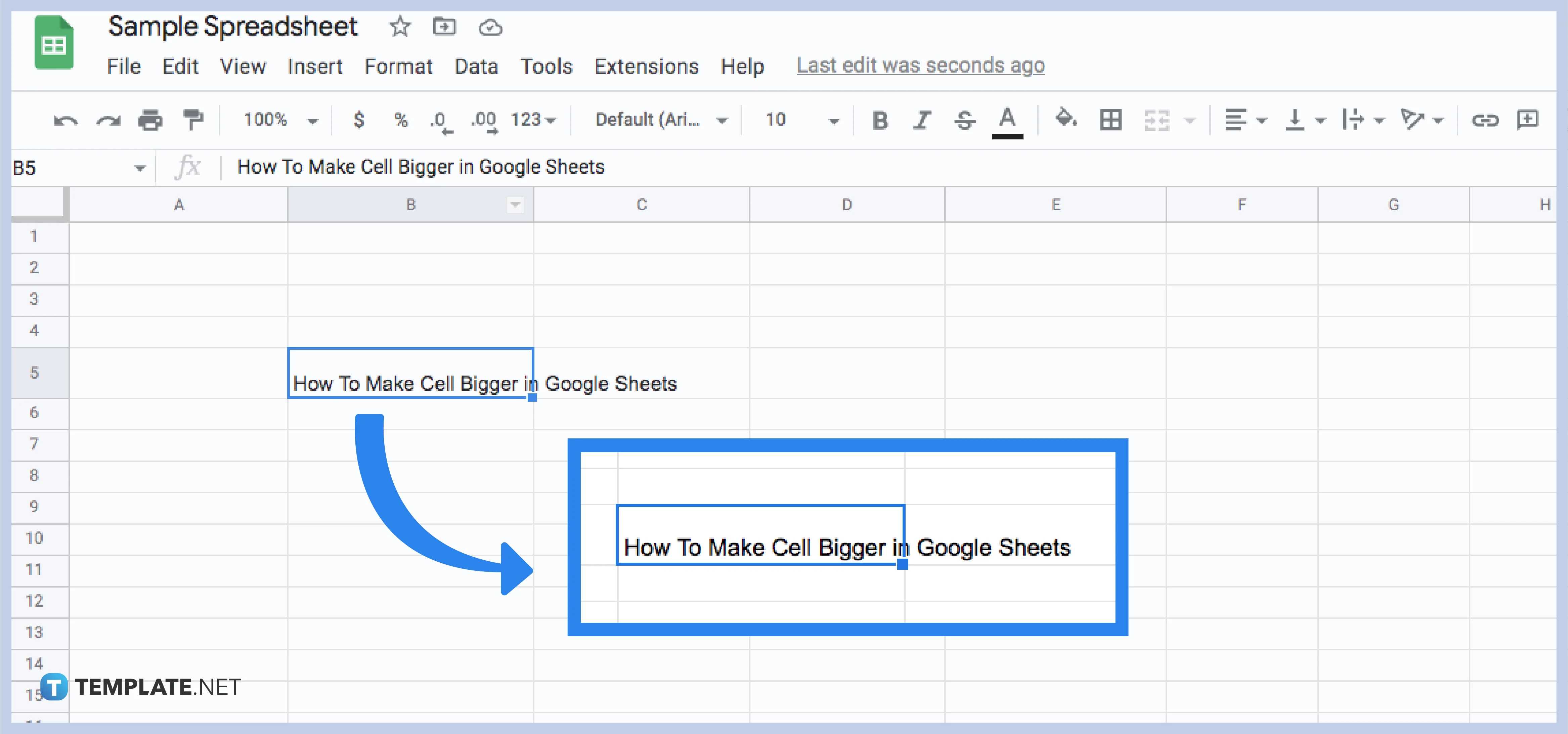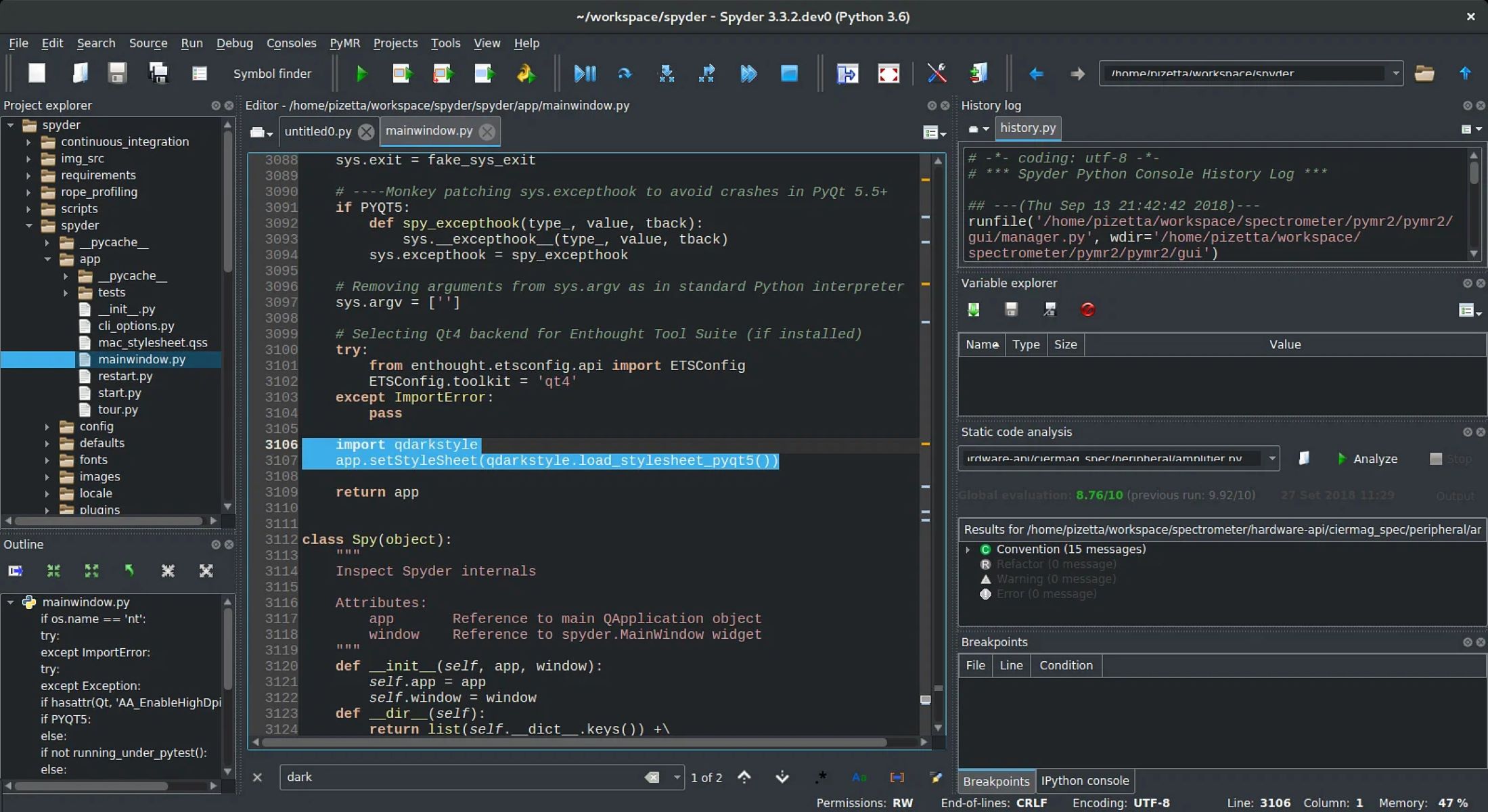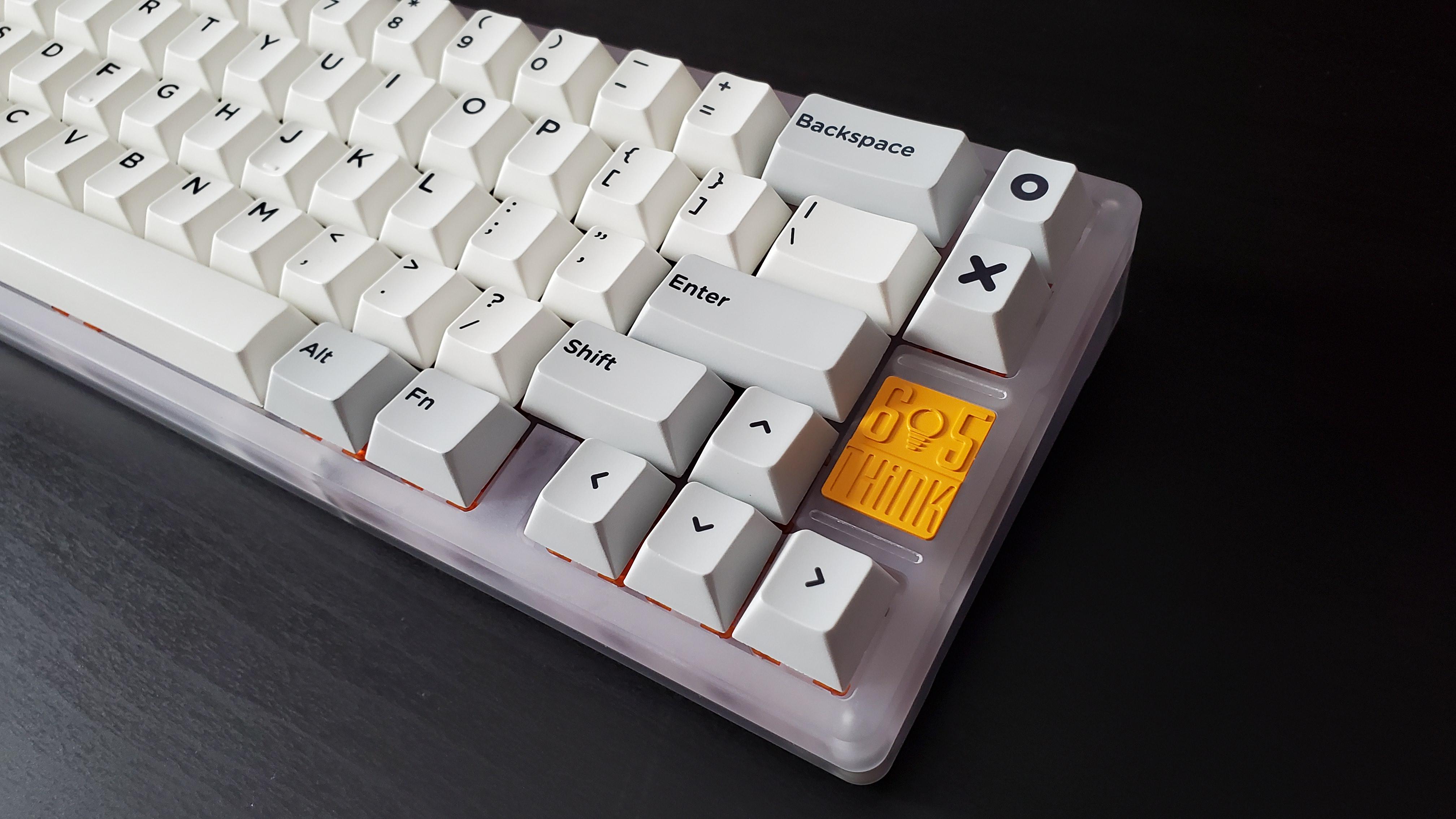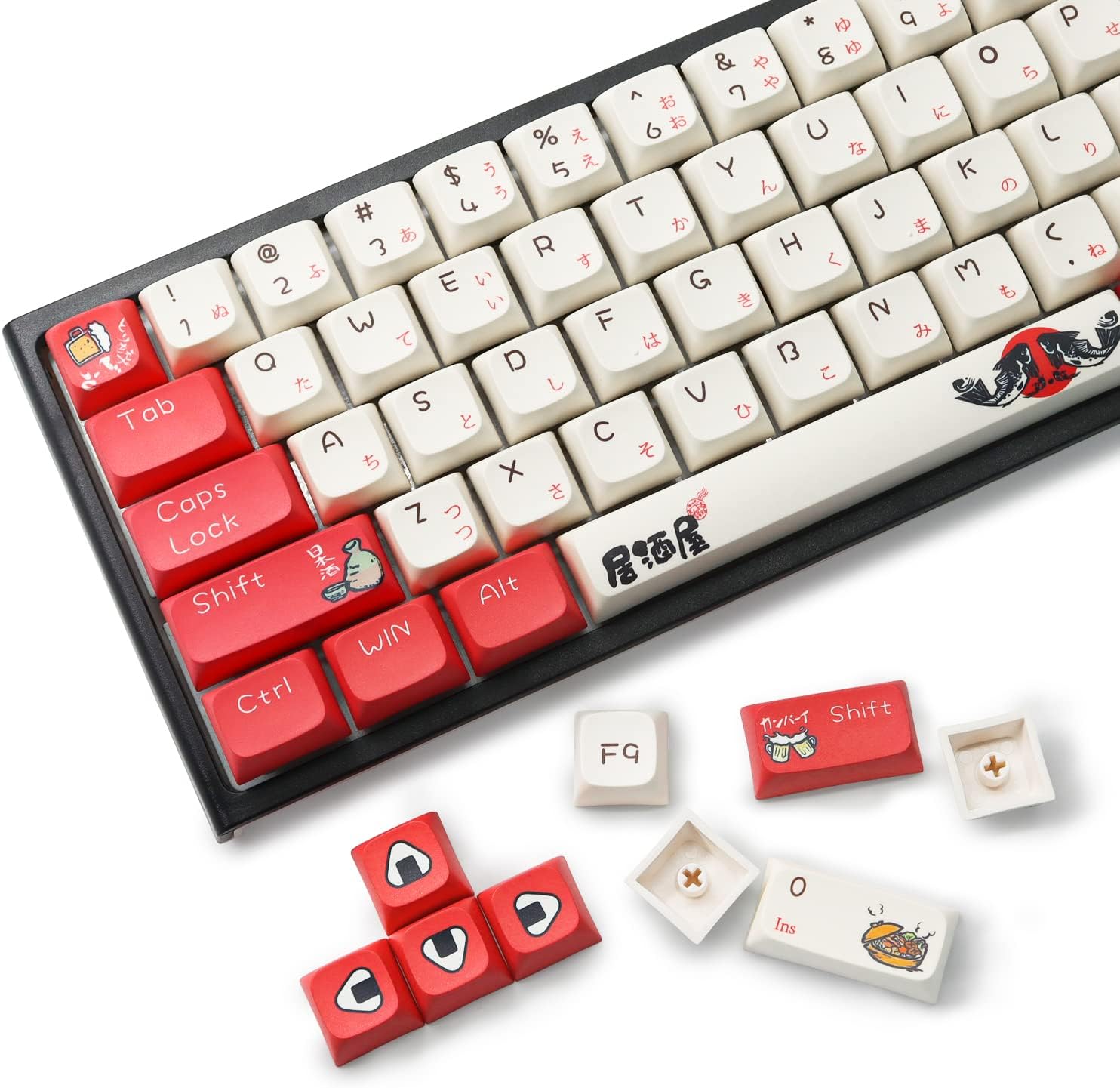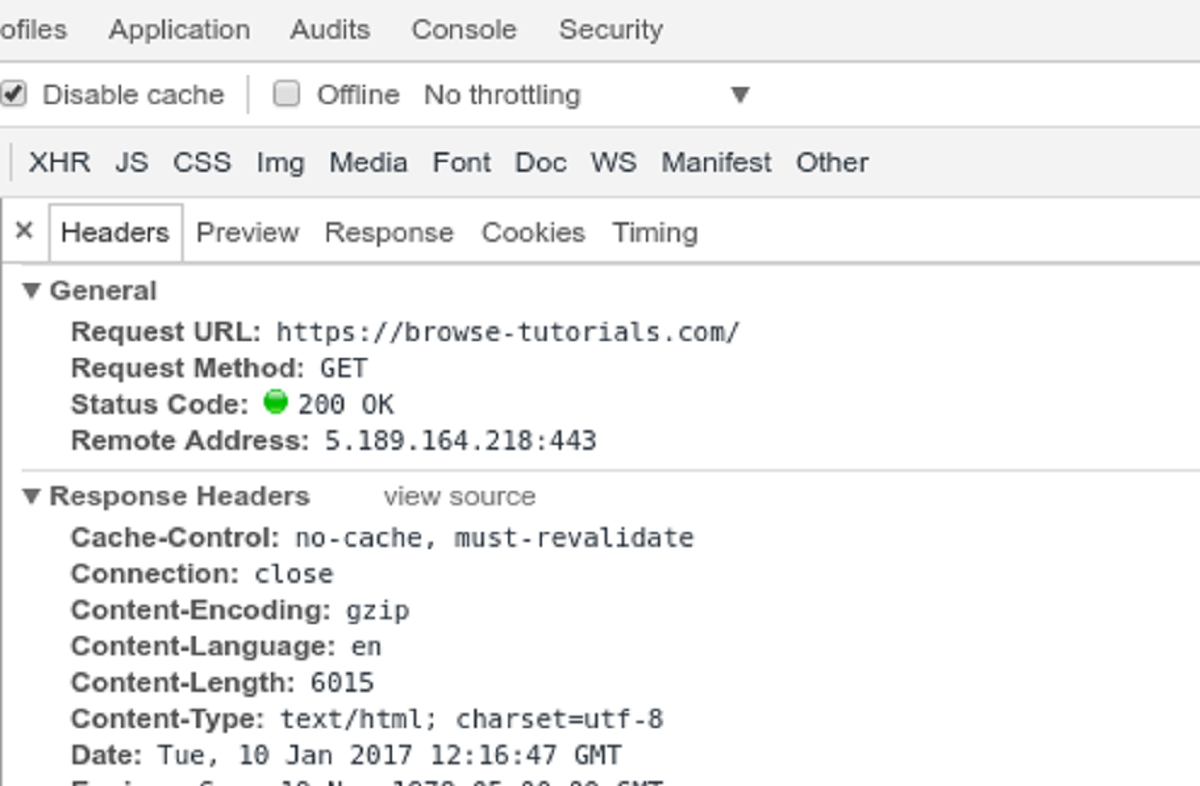Introduction
Welcome to our guide on the backslash key! Are you wondering where the backslash key is located on your keyboard? Or perhaps you’re curious about its purpose and how to use it effectively? Look no further, as we’re here to provide you with all the information you need.
The backslash key (\) is a small yet essential key on computer keyboards. Despite its size, it plays a significant role in various applications and programming languages. Understanding its location and functionality will not only strengthen your typing skills but also improve your overall productivity.
This guide will cover different keyboard layouts and how to find the backslash key on each. We’ll explore the standard US and UK keyboard layouts, as well as alternative layouts used in different regions. Additionally, we’ll discuss how to type a backslash on different operating systems and provide tips for typing it more easily.
Whether you’re a seasoned programmer, a tech enthusiast, or simply someone looking to expand their knowledge of keyboard functionality, we’ve got you covered. By the end of this guide, you’ll be confident in locating and utilizing the backslash key on your keyboard.
Now let’s delve into the fascinating world of the backslash key and discover its importance in the digital realm!
What is the backslash key?
The backslash key (\) is a character that is commonly found on computer keyboards. It is a small punctuation mark that is shaped like a reverse-sloping line, with the top leaning to the left and the bottom leaning to the right.
The backslash key has various uses in different contexts. One of its primary purposes is to escape special characters or indicate a special sequence of characters in programming languages and command-line interfaces. It is commonly used when dealing with paths, file directories, and regular expressions.
In addition to its programming applications, the backslash key is used in certain file systems and operating systems to denote file separators in directory structures. For example, in Windows, the backslash (\) is used to separate directories in file paths (e.g., C:\Documents\Photos).
Furthermore, the backslash key is used in some text editors and word processors to insert special characters or formatting codes. For instance, in Markdown and HTML, the backslash is used to escape characters that have special meaning, such as asterisks or angle brackets.
It is important to note that the location of the backslash key may vary depending on the keyboard layout being used. Different countries and regions have their own keyboard layouts, which can affect the placement of certain keys, including the backslash key.
Now that we have a basic understanding of what the backslash key is and its various uses, let’s explore how its location may differ on different keyboard layouts.
Different keyboard layouts
Keyboard layouts vary across different countries and regions, leading to differences in the placement of keys, including the backslash key. Let’s take a look at the standard US and UK keyboard layouts, as well as some alternative layouts used in different parts of the world.
Standard US keyboard layout: In the United States, the backslash key (\) is typically located just above the Enter or Return key, on the same key as the vertical bar (|) symbol. It is positioned to the right of the Shift key and shares the key with the pipe symbol.
Standard UK keyboard layout: In the United Kingdom, the backslash key (\) is often located to the left of the Z key, on the same key as the forward slash (/) symbol. This placement is reversed compared to the US layout, as the UK layout aligns the backslash key with the angle bracket symbols.
While the US and UK layouts are the most common, other countries and regions may have different keyboard layouts that affect the position of the backslash key. Here are a few examples:
- Canadian French keyboard layout: In Canada, the backslash key (\) is located to the left of the Backspace key, above the Enter key. It is positioned on the same key as the question mark (?) symbol.
- German keyboard layout: In Germany, the backslash key (\) is located to the left of the Y key, on the same key as the hyphen (-) and underscore (_) symbols.
- Italian keyboard layout: In Italy, the backslash key (\) is located to the left of the Enter key, on the same key as the ò and ù symbols.
These are just a few examples of how the backslash key’s placement can vary depending on the keyboard layout. It’s worth noting that these are general guidelines, and there may be variations within each country or region.
Now that we have explored different keyboard layouts, let’s move on to understanding how to type a backslash on different operating systems.
Standard US keyboard layout
The standard US keyboard layout is widely used in the United States and is the default layout for many English-speaking countries. It is known for its QWERTY arrangement of keys, named after the first six keys in the top row.
In the standard US keyboard layout, the backslash key (\) is located just above the Enter or Return key. It shares the key with the vertical bar (|) symbol, and the placement may slightly vary depending on the keyboard manufacturer or model. To type a backslash on a standard US keyboard, follow these steps:
- Position your fingers on the home row, with your left pinky finger on the A key and your right pinky finger on the semi-colon (;) key.
- Move your right pinky finger down to the right, and you will find the Backslash/Vertical Bar key just above the Enter or Return key.
- Press the Backslash/Vertical Bar key to type a backslash (\) character.
It’s important to note that the backslash key is often used in combination with modifier keys to input special characters or perform specific actions. For example, pressing the Shift key along with the backslash key can be used to type the pipe symbol (|).
Knowing the location of the backslash key on a standard US keyboard layout is essential for programmers, web developers, and anyone working with file paths or escape sequences. Familiarizing yourself with its placement will improve your typing efficiency and overall productivity.
Now that we’ve covered the standard US keyboard layout, let’s move on to explore the standard UK keyboard layout.
Standard UK keyboard layout
The standard UK keyboard layout is commonly used in the United Kingdom and follows a similar QWERTY arrangement as the standard US layout. However, there are a few key differences, particularly in the placement of certain characters and symbols.
In the standard UK keyboard layout, the backslash key (\) is located to the left of the Z key. It shares the key with the forward slash (/) symbol, and the placement may vary slightly depending on the keyboard manufacturer or model. To type a backslash on a standard UK keyboard, follow these steps:
- Position your fingers on the home row, with your left pinky finger on the A key and your right pinky finger on the semicolon (;) key.
- Move your left pinky finger across the keyboard to the left, and you will find the Backslash/Question Mark key just below the Escape key and to the left of the Z key.
- Press the Backslash/Question Mark key to type a backslash (\) character.
Similar to the standard US layout, the backslash key on the UK layout is often used in combination with modifier keys to input special characters or perform specific actions. For example, pressing the Shift key along with the backslash key can be used to type the vertical bar (|) symbol.
Familiarizing yourself with the placement of the backslash key on a standard UK keyboard layout is crucial for individuals working with programming languages, file paths, or escape sequences. By knowing its location, you can improve your typing speed and efficiency while working on projects or navigating through directories.
Now that we’ve explored the standard UK keyboard layout, let’s move on to discuss alternative keyboard layouts and the variations in the placement of the backslash key.
Alternative keyboard layouts
In addition to the standard US and UK keyboard layouts, there are various alternative layouts used in different countries and regions. These alternative layouts may have variations in the placement of keys, including the backslash key. Let’s delve into a few examples:
Canadian French keyboard layout: In Canada, the Canadian French keyboard layout is commonly used. On this layout, the backslash key (\) is located to the left of the Backspace key, and it shares the key with the question mark (?) symbol. This placement allows for easy access to characters frequently used in the French language.
German keyboard layout: In Germany, the German keyboard layout is widely used. On this layout, the backslash key (\) is located to the left of the Y key, and it shares the key with the hyphen (-) and underscore (_) symbols. This placement accommodates the frequent use of certain characters in the German language.
Italian keyboard layout: In Italy, the Italian keyboard layout is utilized. On this layout, the backslash key (\) is located to the left of the Enter key, and it shares the key with the ò and ù symbols. This arrangement allows easy access to characters commonly used in the Italian language.
These are just a few examples of alternative keyboard layouts and how the placement of the backslash key can differ. Depending on the language and regional requirements, other countries may have their own unique keyboard layouts.
It’s important to note that unlike the standard US and UK layouts, which are widely recognized and used, alternative layouts may not be as prevalent in other parts of the world. However, for individuals working with specific languages or regional requirements, having a keyboard layout that aligns with their needs can greatly enhance productivity.
Now that we’ve explored some alternative keyboard layouts and their variations in backslash key placement, let’s move on to discussing how to type a backslash character on different operating systems.
How to type a backslash on different operating systems
Typing a backslash (\) character may vary depending on the operating system you are using. Let’s take a look at the different methods for typing a backslash on some of the commonly used operating systems.
Windows: On Windows, you can type a backslash by pressing the Backslash key (\) located above the Enter key on a standard US keyboard layout. Alternatively, you can use the Alt key in combination with the numeric keypad to enter special character codes. For example, holding down the Alt key while typing “092” on the numeric keypad will produce a backslash (\) character.
Mac OS: On a Mac computer, you can type a backslash by pressing the Shift key along with the Forward Slash key (/) located to the right of the Shift key. The backslash character will appear when you combine these two keys.
Linux: In most Linux distributions, you can type a backslash by pressing the Shift key along with the key just above the Enter key. This key is typically located beside the Backspace key and shares the same key with the pipe symbol (|).
It’s important to note that the methods mentioned above are standard ways to type a backslash on different operating systems, but they may vary depending on the specific keyboard layout or customized settings. If you are using a different keyboard layout or have modified your keyboard settings, the process may differ.
Additionally, if you are working with a virtual machine or remote desktop connection, the method for typing a backslash may depend on the keyboard settings within the virtual machine or remote session. It’s always a good idea to familiarize yourself with the specific keyboard configuration in these environments.
Now that we know how to type a backslash on different operating systems, let’s move on to some tips for typing it more easily.
Tips for typing a backslash more easily
Typing a backslash (\) character can sometimes be a bit tricky, especially if you frequently work with programming languages or file directories. Here are some tips to help you type a backslash more easily:
1. Keyboard shortcuts: Take advantage of keyboard shortcuts to quickly input a backslash. For example, on Windows, you can use the Alt key along with the numeric keypad to enter special character codes. Find out the keyboard shortcuts specific to your operating system and utilize them for efficient typing.
2. On-screen keyboard: If you’re having trouble finding the backslash key on your physical keyboard, consider using the on-screen keyboard available on most operating systems. The virtual keyboard can be accessed through the accessibility settings or the Start menu, and it provides an alternative way to input characters using your mouse or touchpad.
3. Shortcuts in text editors: Text editors and code editors often provide shortcuts or key combinations to insert special characters like the backslash. For example, in many IDEs, you can type a double backslash (\\) to automatically insert a single backslash character.
4. Customize your keyboard layout: Some operating systems allow you to customize your keyboard layout and assign specific keys for characters like the backslash. This can be beneficial if you frequently require the backslash key for your work. Explore the settings or use third-party software to create a customized layout that suits your needs.
5. Practice touch typing: Improving your touch typing skills can greatly enhance your overall typing speed and accuracy, making it easier to find and press the backslash key without looking at the keyboard. Practice touch typing exercises or use online tutorials to develop muscle memory and increase your typing efficiency.
6. Use a keyboard sticker: If you’re constantly switching between different keyboard layouts or using alternative layouts, consider using a keyboard sticker set. These stickers adhere to your keys and display the corresponding characters for different layouts, including the backslash key. They can serve as a visual guide to locate the backslash key more easily.
By utilizing these tips, you can streamline your typing process and increase your productivity when working with a backslash character.
Now that we’ve covered some tips for typing a backslash more easily, let’s wrap up our guide on the backslash key and its various aspects.
Conclusion
In this guide, we have explored the backslash key and its importance in typing and programming. We have learned that the backslash key (\) is a small yet significant character on computer keyboards, used for various purposes such as escaping special characters, denoting file paths, and inserting formatting codes.
We discussed the different keyboard layouts, including the standard US and UK layouts, as well as alternative layouts used in various countries. Although the placement of the backslash key may differ in different layouts, understanding its position is essential for efficient typing and programming.
Furthermore, we examined how to type a backslash on different operating systems, such as Windows, Mac OS, and Linux. Each operating system may have its own methods and keyboard shortcuts for typing the backslash character. Familiarizing yourself with these methods can save time and effort in your daily work.
Lastly, we provided tips for typing a backslash more easily, such as utilizing keyboard shortcuts, customizing keyboard layouts, and practicing touch typing. Incorporating these techniques into your typing routine can enhance your productivity and accuracy when working with the backslash key.
With the knowledge and insights gained from this guide, you are now equipped to confidently locate and use the backslash key on your keyboard. Whether you’re a programmer, a writer, or a general computer user, the backslash key will no longer be a mysterious character but a tool to enhance your efficiency.
So go ahead, embrace the power of the backslash key, and let it assist you in navigating file systems, escaping characters, and accomplishing your keyboard-related tasks with ease!







